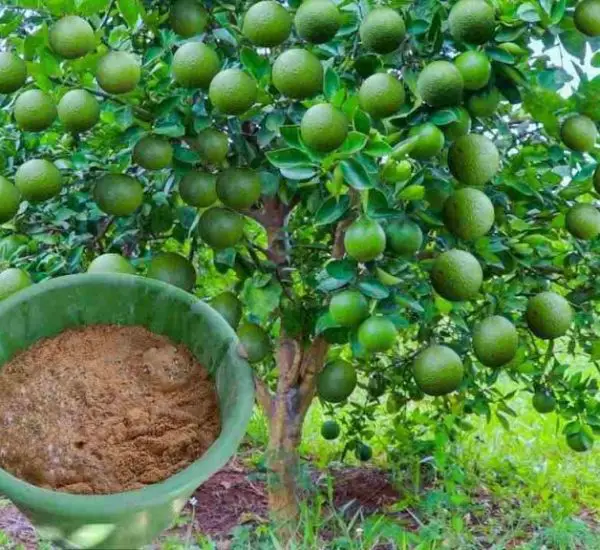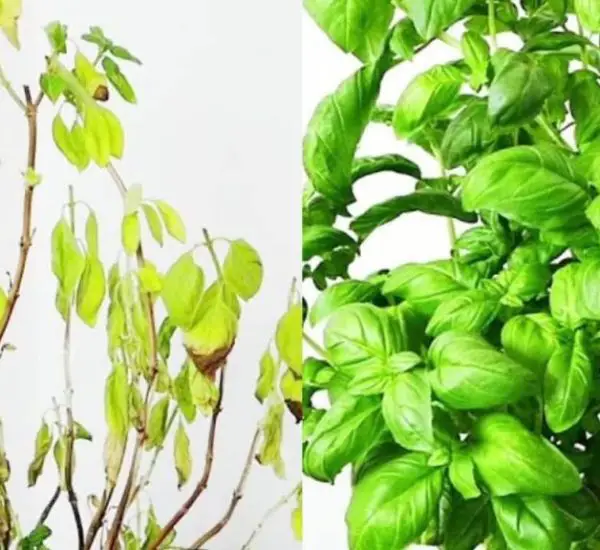Decoding the Mystery: Should Lemons Be Left on the Tree? Experts Weigh In
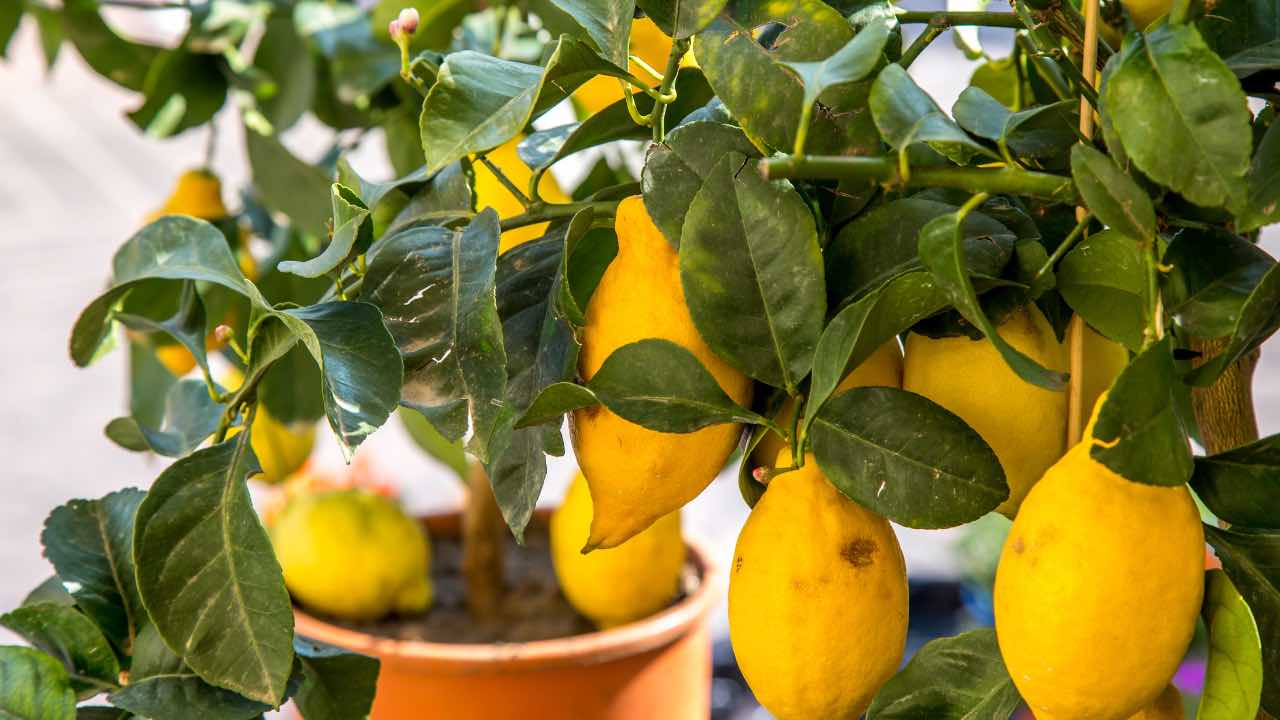
Lemons, the epitome of the perfect citrus fruit, boast an intense yellow hue and a rich blend of properties and benefits. These zesty fruits serve as an active concentrate of vitamins and minerals, embodying a sour taste that resonates with Italian tradition worldwide. Renowned for their role in promoting bodily well-being, aiding in household cleaning, and featuring prominently in culinary delights, lemons inevitably spark the question: Can lemons be left attached to the plant?
Lemons on the Tree: Unraveling the Secrets
This yellow citrus treasure not only symbolizes well-being but also carries the distinct fragrance that encapsulates the splendor of Italy. Lemons, with their abundance of vitamins, exhibit their beauty even when adorning the branches of a tree. The lingering query persists: Is it advisable to leave lemons attached to the plant? Let’s turn to the insights provided by expert nurserymen for a definitive answer.
Whether nestled in a garden or on a terrace, lemon plants prompt this question among enthusiasts seeking to optimize the well-being of both the citrus fruit and the plant itself. The crux of the matter, according to seasoned experts, lies in understanding the natural lifecycle of lemons.
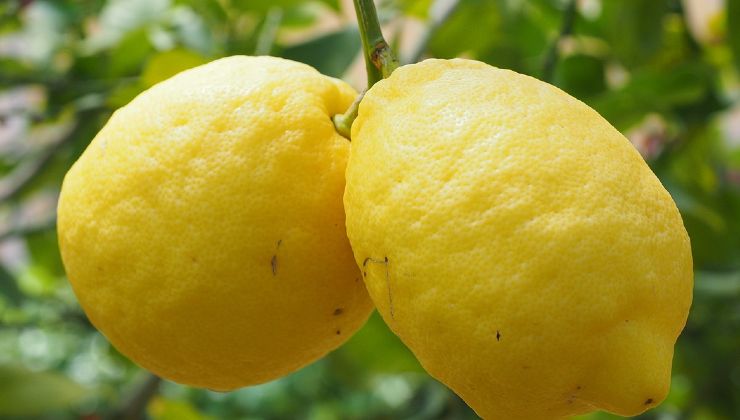
Lemons undergo a gradual ripening process that extends up to nine months. During this time, the citrus fruit absorbs water and essential nutrients, culminating in a transformation into juicy, flavorful gems. The sun’s rays contribute to enhancing their characteristic yellow color. Importantly, the plant efficiently preserves the fruits until the moment of harvest, without impeding new flowering or subsequent production.
As ripening progresses, lemons must be harvested to preempt the degradation process. Ripe lemons, if left unattended, undergo undesirable changes—developing thick peels and dehydrated pulp, rendering them inedible. This is a natural and unavoidable phenomenon, as the plant redirects its resources for sustenance.
Harvesting Lemons: Nurturing Throughout the Year
Owning a lemon tree entails year-round care to ensure a bountiful harvest during the appropriate periods. Maturation levels may vary throughout the year, with the first harvest typically occurring in April and May, yielding abundant and flavorful fruits characterized by bumpy, rough skin.
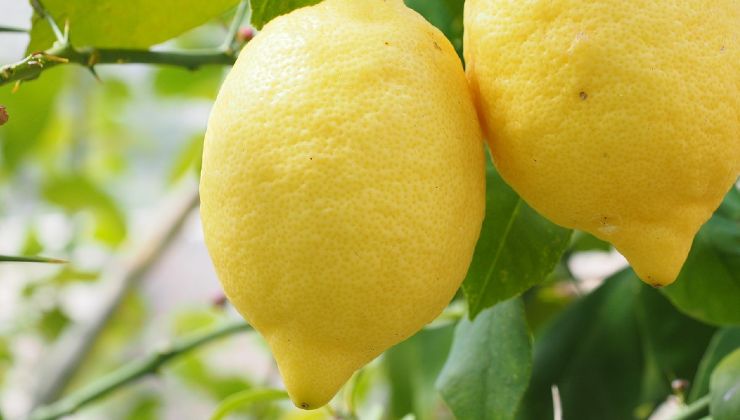
A second harvest option arises in July, featuring lemons with smooth and round skin. The final harvest takes place in August or September, offering smaller fruits that may even be seedless. Adhering to the natural rhythms dictated by Mother Nature is imperative for the well-being of both citrus fruits and the plant itself. Following these guidelines ensures a harmonious coexistence with this citrus gem, unlocking the full spectrum of benefits it has to offer.

